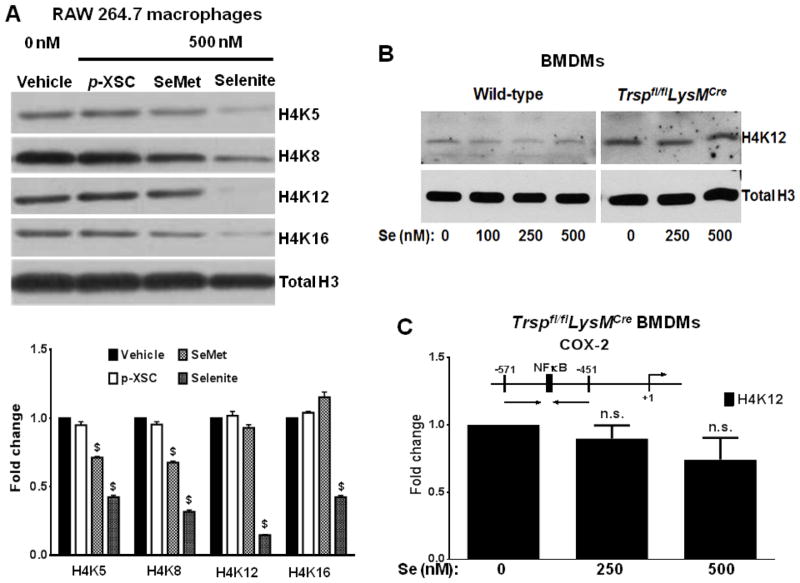FIGURE 5. Selenium bioavailability is important for its inhibitory effect on acetylation.
A) RAW cells were treated with 100 ng/ml LPS for 2 h, followed by incubation with different forms of selenium for 72 h. Histones from these cells were analyzed for acetylation by immunoblotting. Representative of n = 3 shown. The densitometric values (lower) have been plotted as mean ± SEM of three independent experiments. Data was analyzed by two-way ANOVA followed by Dunnett’s multiple comparisons test. $: p<0.0001 compared to the untreated group. B) Wild-type and Trspfl/flCreLysM BMDMs were treated as mentioned earlier. Histones were isolated and analyzed for acetylation of H4K12 by immunoblotting. Representative of n = 3 shown. C) Trspfl/flCreLysM BMDMs were treated with LPS and selenium as mentioned. The cells were harvested for ChIP assay to analyze the acetylation status of H4K12 at the COX-2 promoter. Data analyzed by unpaired t test, compared to 0 nM Se. n.s., No significant changes were observed.

